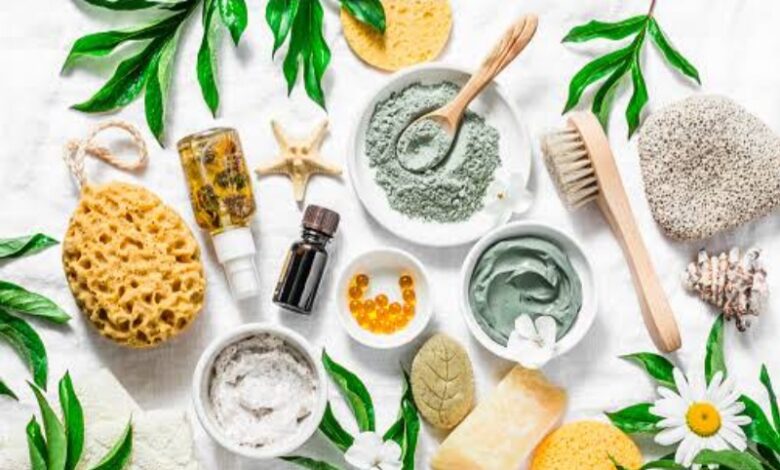From Conventional to Clean: The Shift towards Natural and Non-Toxic Beauty in the USA
Introduction to Clean Beauty
Clean Beauty is a growing movement in the beauty industry advocating the use of natural, non-toxic ingredients in skincare, makeup and personal care products. Consumers are increasingly concerned about the potential health risks associated with traditional beauty products, which often contain harmful chemicals and synthetic ingredients. As a result, demand for pure beauty products in the United States continues to grow.
Consumer Awareness and Education
One of the key elements in the development of pure beauty is increasing consumer awareness and education about the potential risks associated with traditional beauty products. With the advent of social media and easy access to information, consumers are becoming more informed about the ingredients used in their favourite beauty products. They actively seek transparency from their brands and tend to choose products that clearly list ingredients and avoid controversial substances.
Environmental and Health Concerns
Another factor driving the demand for pure beauty is a growing concern for the environment and personal health. Consumers are increasingly aware of the impact their purchasing decisions have on the planet. Clean beauty brands often prioritise sustainable sourcing, eco-friendly packaging and cruelty-free practices. This aligns with the values of environmentally conscious consumers who want to reduce their carbon footprint and support brands that share their commitment to sustainability. Additionally, pure beauty products are considered safer for personal health. Many mainstream beauty products contain ingredients like parabens, phthalates, and sulfates that are associated with various health issues. Pure beauty products, on the other hand, are free of these potentially harmful substances, offering consumers a safer alternative to skin care and beauty treatments.
Shift in Beauty Standards
The growing popularity of pure beauty has also contributed to the shift in beauty standards. In the past, the beauty industry has often promoted unrealistic and unattainable ideals by encouraging consumers to use products that promise quick-fix solutions. But Pure Beauty values a more holistic approach to beauty, focused on enhancing natural features and promoting overall skin health. This shift has allowed consumers to embrace their individuality and prioritise self-care over societal beauty norms.
Impact on the Retail Market
Rising demand for clean beauty products is having a major impact on the US retail market. Leading retailers and online platforms are responding to consumer demand by expanding their clean beauty product offerings. Specialty stores and pure cosmetics stores have emerged, offering consumers a wide range of choices. This has allowed pure beauty brands, both established and independent brands, to gain more prominence and reach a wider audience.
Challenges and Future Outlook
The rise of pure beauty is promising, but there are some issues that need to be addressed. Consumers can be confused by the lack of standardised definitions and rules of pure beauty. Some brands liberally use terms like ‘pure’ and ‘natural’, leading to environmental bleaching and misleading marketing practices. It is imperative that consumers educate themselves and seek third-party certifications and verifications that demonstrate a brand’s commitment to pure beauty. But the future of pure beauty is bright. As consumer awareness continues to grow, more brands are likely to prioritise ingredient transparency and sustainable practices. The clean beauty movement is expected to further drive innovation in the industry, leading to the development of safer, more effective and more environmentally friendly beauty products.
In conclusion
The growing popularity of pure beauty in the United States is responding to growing consumer demand for natural, non-toxic beauty products. Consumers are increasingly aware of the potential risks associated with traditional beauty products and are actively seeking safer and more sustainable alternatives. The impact of clean beauty is also evident in the retail market, with major retailers expanding their offerings of clean beauty products. However, issues such as greenwashing should be addressed so that consumers can make informed choices. Despite these challenges, the future looks bright for pure beauty with a focus on ingredient transparency, sustainability and innovation.


